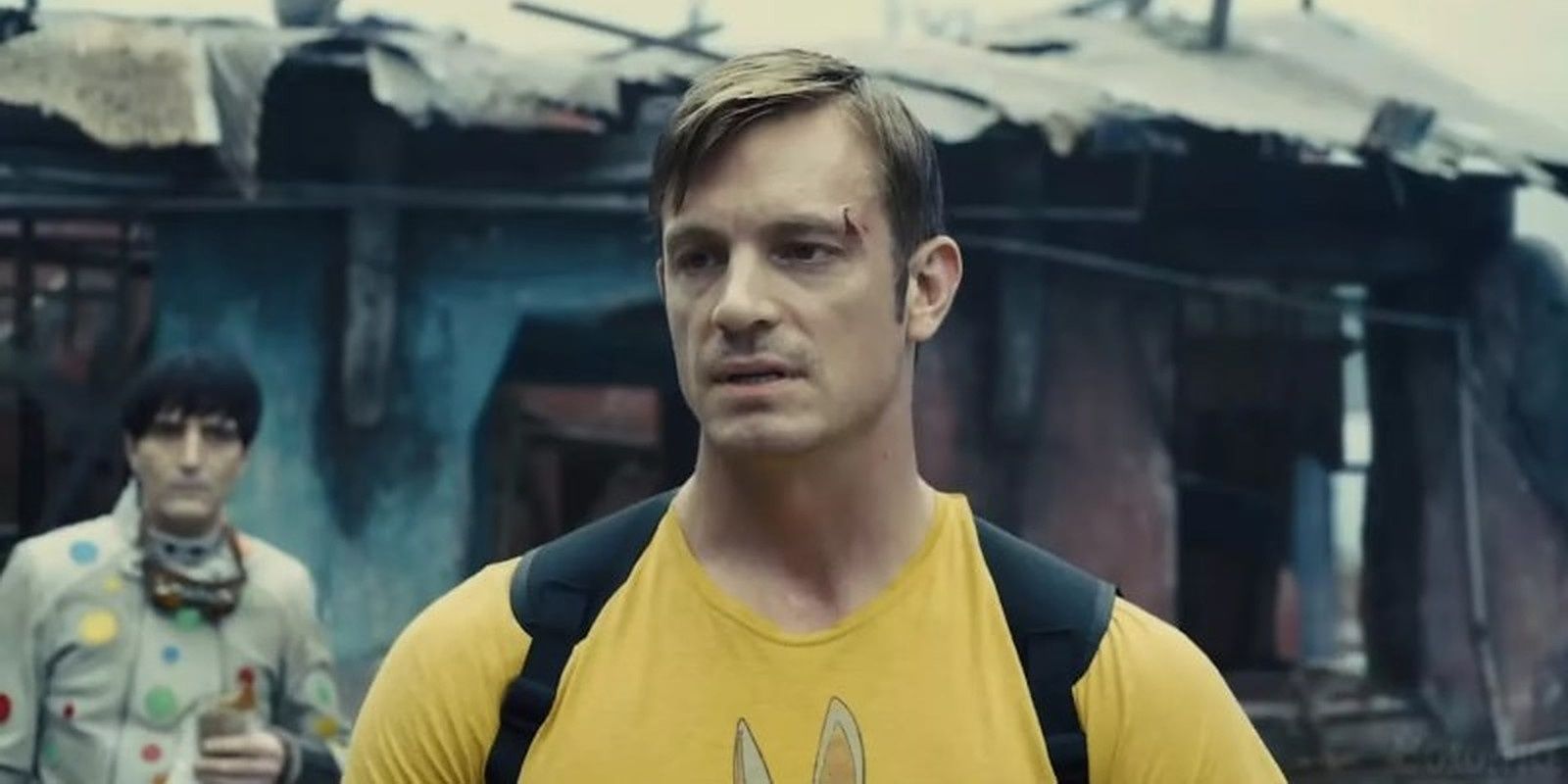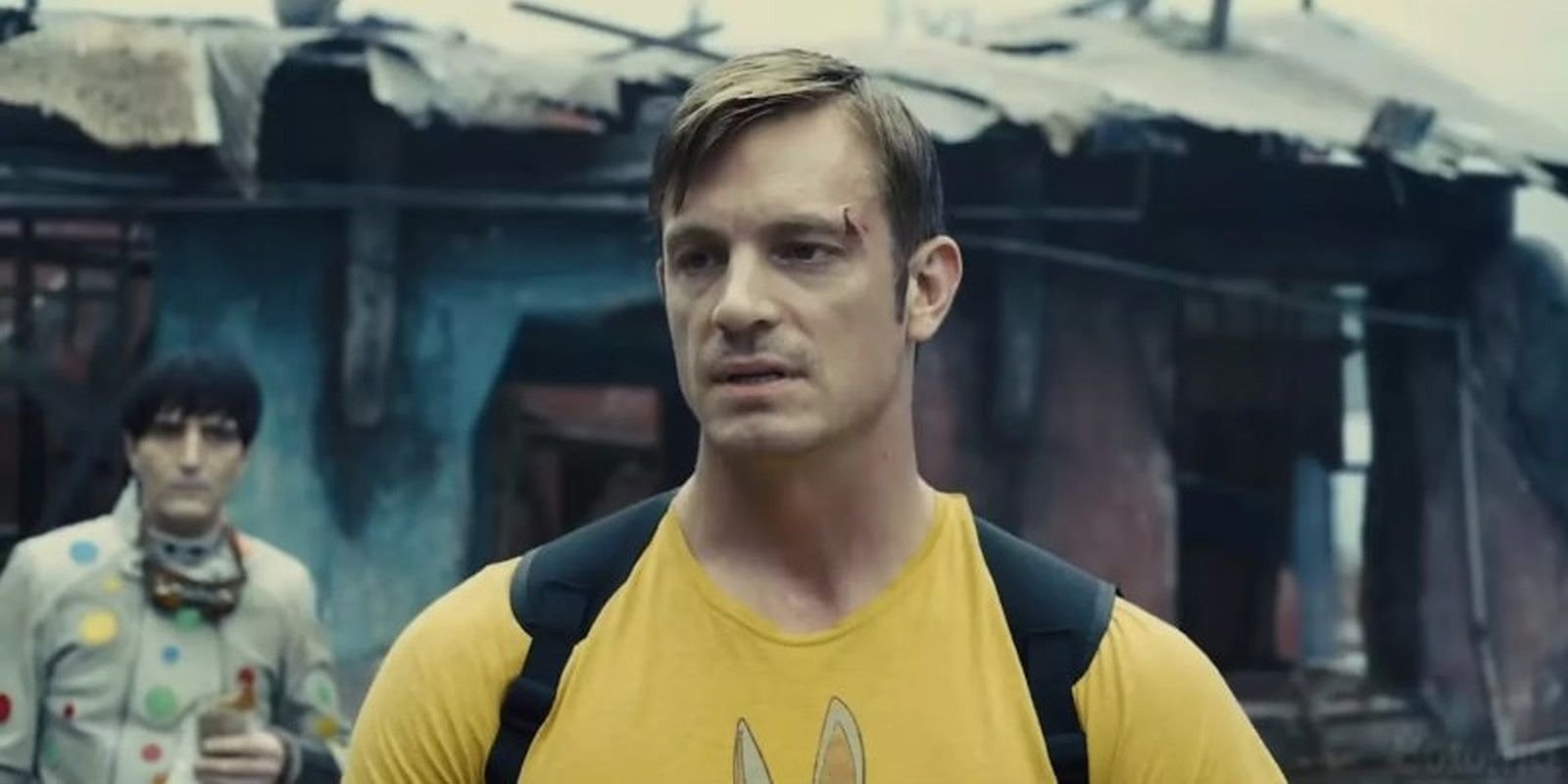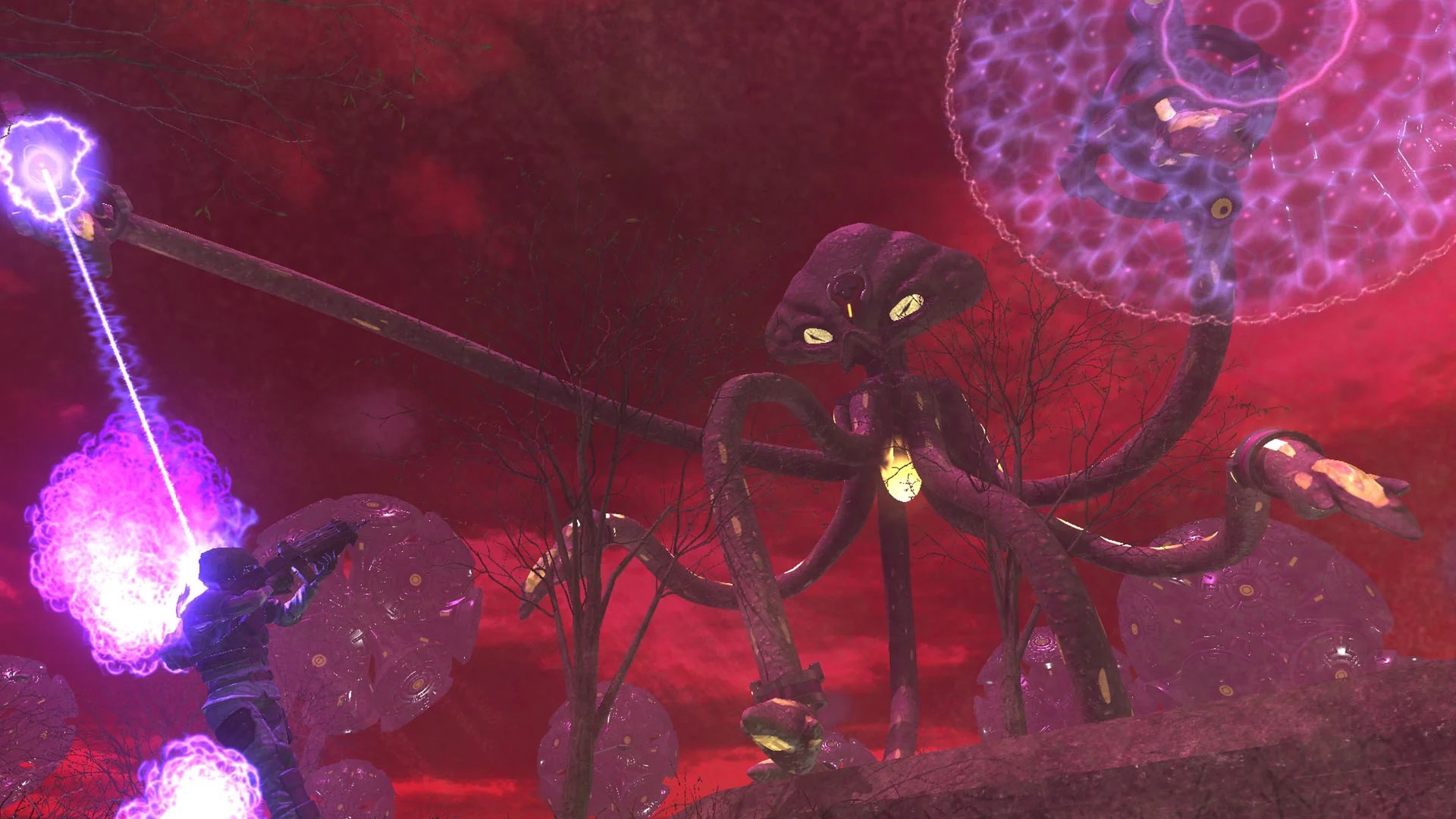
James Gunn’s The Suicide Squad has been praised by critics as a marked improvement over the 2016 original that was directed by David Ayer and reshaped into an incoherent mess by Warner Bros. This response was expected, because it wouldn’t take much to improve on the first Suicide Squad movie, but Gunn’s ultraviolent, darkly comic gem has gone above and beyond.
With a nice balance of returning characters from the first movie and fresh faces, Gunn put together his own version of Task Force X that shared a much more tangible team dynamic than the hodgepodge of exposition-spouting archetypes found in the 2016 movie. Character moments like Bloodsport’s rivalry with Peacemaker and Ratcatcher’s friendship with King Shark went a long way toward making the characters more relatable and emotionally resonant this time around.
RELATED: One Thing Made Joel Kinnaman Nervous About Working With James Gunn On The Suicide SquadUnforgettable new additions to the ensemble like Polka-Dot Man and Starro the Conqueror have left a lasting impression on viewers, but the most impressive feat of The Suicide Squad’s characterization is its ability to take characters who were one-dimensional, vaguely defined, or otherwise uninteresting in the 2016 movie and make audiences care about them.

In Ayer’s movie, Harley Quinn was little more than a sex object. The camera was set to “male gaze” mode, particularly in the gratuitous striptease scene, and her dependence on the Joker and her “Daddy’s Lil Monster” shirt were completely unbefitting of her traditionally empowered, independent characterization. In Gunn’s movie, on the other hand, Harley is every bit the zany, trigger-happy psychopath she is in the comics, ending a new relationship by gunshot after noticing the first red flag and slashing her way out of a dictator’s compound while hallucinating plumes of pretty flowers in place of her victims’ blood.
As misogynistic as Harley’s portrayal was in the 2016 movie, at least Margot Robbie was given an actual character to play. Joel Kinnaman wasn’t so fortunate, as his team leader Rick Flag was used to deliver every long, unwieldy piece of exposition that Ayer felt the need to bombard the audience with verbally instead of employing visual storytelling. The most infamous example of this is when Katana boards the plane and Flag says, “This is Katana. She’s got my back. I would advise not getting killed by her. Her sword traps the souls of its victims.” And what’s even worse than having Kinnaman spell this out through dialogue is that, in the whole movie, Katana never traps a single soul with her sword.

Instead of giving him an endless string of rambling exposition dumps, The Suicide Squad makes Rick Flag the straight man to all his wacky teammates and exemplifies Kinnaman’s comedic abilities as a deadpan foil. Like Jerry Seinfeld in his eponymous sitcom, Flag is the voice of reason to all the absurd characters around him in The Suicide Squad. He was perfectly cast for this role in the 2016 movie, but his bland personality and lack of personal interactions with his teammates held him back.
When Team 2 arrives at what they believe to be a paramilitary base holding Flag captive, they brutally murder all the guards before finding Flag enjoying a drink with their leader. This hilarious twist reveals that it’s actually a local rebel force’s camp and all their best foot-soldiers have just been executed by a bunch of people on the same side as them. This puts Flag in a hilariously uncomfortable position and Kinnaman plays the scene beautifully. In Gunn’s movie, Flag is still the team leader who has to explain things, but instead of explaining his teammates’ powers to accommodate lazy writing, he has to explain with a straight face why a rat is waving at people.

Kinnaman has been in demand in Hollywood for a few years now, ever since AMC’s The Killing made him an internationally recognized star, but he’s struggled to break out as a leading man because, like Taylor Kitsch, he’s an actor with plenty of range who keeps getting cast in bland roles that don’t give him a chance to show off that range. The 2014 RoboCop remake was a lot better than anybody expected it to be, but it’s a straightforward sci-fi actioner that disregards the satirical bite of Paul Verhoeven’s 1987 original. Instead of playing a good man who’s turned into an emotionless killing machine before slowly clawing back his identity like Peter Weller in the original, Kinnaman was forced to play a generic action hero.
So, it was refreshing to finally see Kinnaman in a movie that utilizes his untapped abilities as a performer, in a role that audiences can identify with and root for. Throughout The Suicide Squad, Flag follows a real character arc that forces him to question his loyalty to Amanda Waller and ultimately culminates in tragedy. As darkly lovable as John Cena’s Peacemaker is, it’s Flag that the audience roots for during the climactic fight. When he’s fatally stabbed by the helmeted muscleman, Flag gets a great sign-off line: “Peacemaker… what a joke.” Even in his dying moments, Flag can appreciate the irony of being murdered by a guy who claims to be a guardian of peace.
Based on the 2016 movie, it seemed impossible to make Rick Flag an interesting character. Being the leader of a ragtag band of misfits inevitably made him the most boring one. But Gunn’s movie used Flag’s position as “the boring one” to contrast him against his much stranger, wackier companions and uncovered Kinnaman’s hitherto-unseen abilities as a Seinfeldian voice of reason.
NEXT: Suicide Squad Harley Quinn Scene Took Inspiration from Surprising Video Game

